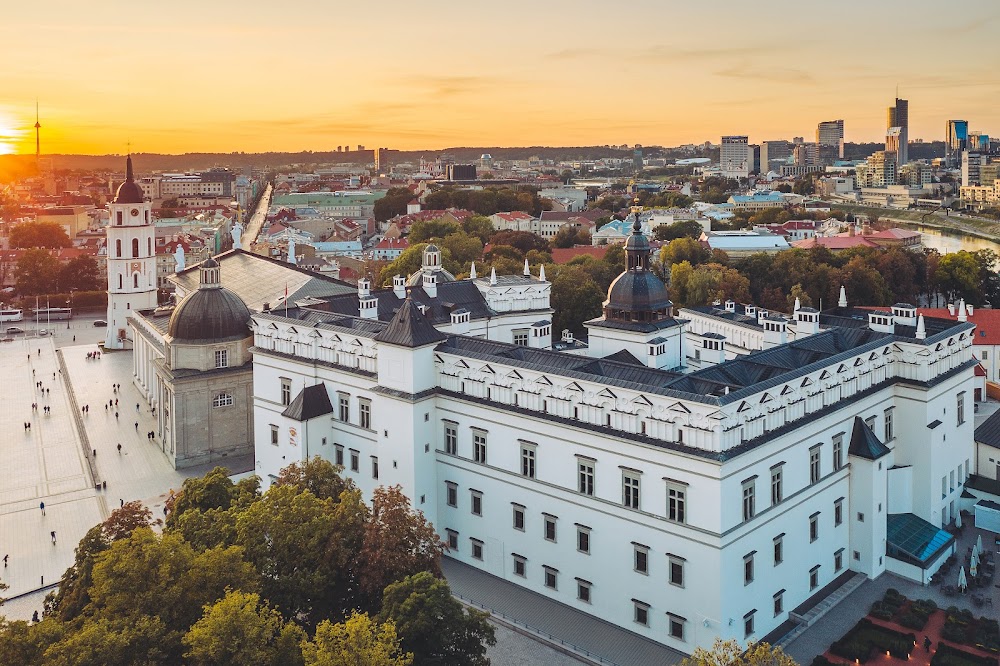Gediminas' Tower (Gedimino pilies bokštas)
Overview
High atop a hill in Vilnius, Lithuania, stands Gediminas' Tower, a powerful symbol of the city’s resilience and rich history. This iconic structure serves as a testament to the Grand Duchy of Lithuania, masterfully blending myth and history within its very stones.
The tale of Gediminas' Tower begins with the legendary Grand Duke Gediminas. According to local folklore, Gediminas dreamt of an iron wolf howling atop a hill—a vision that pagan priests interpreted as a divine sign to establish a great city. Following this prophetic dream, Gediminas founded Vilnius and constructed a wooden fortress on the hill in the early 14th century, laying the groundwork for what would become a significant historical site.
As the 14th century gave way to the 15th, during the reign of Grand Duke Vytautas the Great, the wooden structures were replaced with more durable stone and brick. The castle complex served vital administrative and defensive functions, designed to protect the inhabitants from the Teutonic Knights and other invading forces. Its robust construction is a testament to the strategic importance of this location.
Originally, the Upper Castle, where Gediminas' Tower now proudly stands, featured several defensive structures. The tower itself was completed in the early 15th century, functioning both as a stronghold and a residence. Its elevated position on Castle Hill provided panoramic views of Vilnius and the Neris River, crucial for monitoring any approaching threats.
Over the centuries, the castle and tower witnessed numerous battles and sieges. In 1655, during the wars waged by the Rus' armies, the castle sustained considerable damage. By the 18th century, parts of the Upper Castle had fallen into disrepair, yet Gediminas' Tower remained a prominent and enduring monument amidst the ruins.
In the 19th century, the tower underwent significant restoration under Russian rule. Efforts focused on preserving its historical integrity while ensuring structural stability. Further renovations took place in the early 20th century, including the reconstruction of the upper floor and roof to closely resemble the original Gothic architecture, reviving its former glory.
Today, Gediminas' Tower serves not only as a historical monument but also as a modern museum. Visitors can explore its interiors, which host exhibits detailing the history of Vilnius and the castle itself. Climbing to the top of the tower rewards adventurers with breathtaking views of the Old Town and beyond, making it a beloved destination for both locals and tourists alike.
The tower has also become a symbol of national pride. In 1919, during Lithuania's independence movement, the national flag was raised atop Gediminas' Tower for the first time—a ritual that continues annually on January 1st, celebrating the nation’s resilience and sovereignty.
In recent years, historians and architects have undertaken efforts to preserve Gediminas' Tower for future generations. This includes ongoing maintenance to prevent erosion and careful restoration work as needed. Modern technology plays a key role in monitoring the tower’s condition, ensuring it remains a steadfast sentinel over the city of Vilnius.
In essence, Gediminas' Tower is more than just an ancient structure; it is a testament to Lithuania's vibrant past and enduring spirit. Its stones, weathered by time, whisper tales of war and peace, with every brick holding a piece of the nation’s heart.









